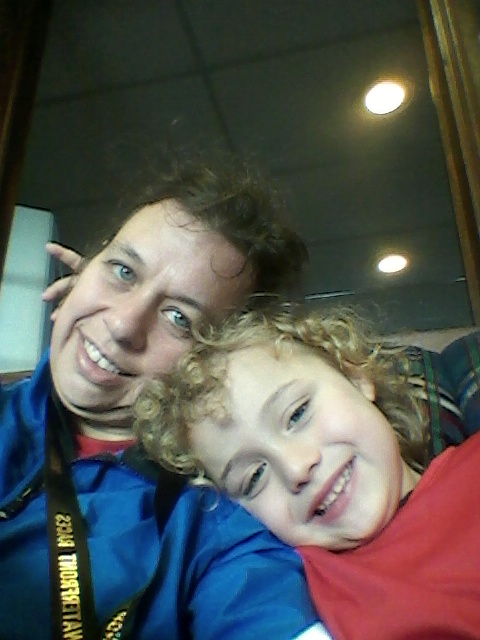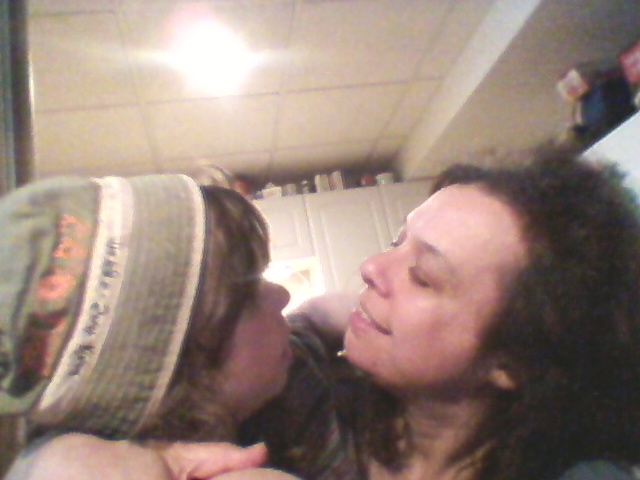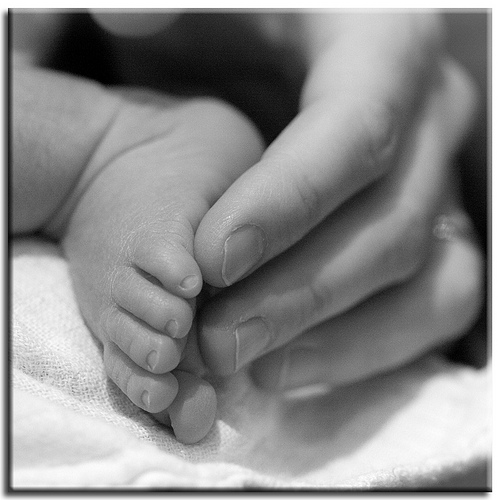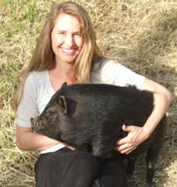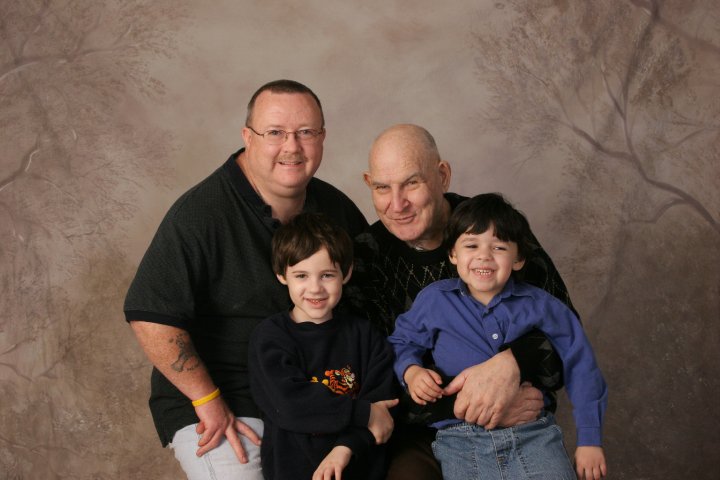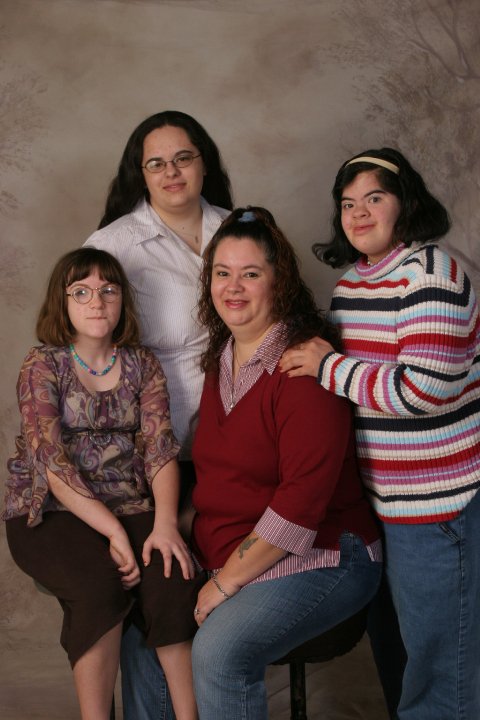I am participating in the 2012 Wordcount Blogathon, which means one post every day for the month of May.
The last time I saw a movie with my husband – a real movie, in a movie theatre, with a giant bucket of popcorn to share – my firstborn son was about a year old. Because we just had the one child back then, and because one-year-olds who aren’t yet fully mobile are easier to manage than hyperactive eight-year-olds, my ageing mother-in-law was able to babysit.
We have gone out on other occasions, of course. We are regular patrons of a nearby dinner theatre that’s run in a barn – if once or twice a year can be considered “regular”. We go to the annual Christmas gala organized by my employers, and on the odd occasion, we’ll go to a party or a wedding.
For the most part, though, our outings include the kids. We frequent parks with slides and swings, and we go to restaurants where the waitstaff bring paper cups filled with crayons along with menus that the kids are allowed to draw on.
I am always hearing and reading about the importance of a couple going out on their own to spend time just with each other. I fully subscribe to that idea, and from time to time my husband and I make a commitment to have a date night once a month. But the logistics are so difficult.
People often assume that living with my mother-in-law gives us a built-in babysitter whenever we need it, and while that may have been true to an extent at one time, it’s not anymore. My mother-in-law is almost eight years older now than she was when we went to the movie that time, and instead of having one one-year-old, we have a six-year-old and an almost nine-year-old.
Finding a trustworthy babysitter is hard enough for any parent. There’s something very frightening about entrusting the most valuable things in our lives to people who usually aren’t old enough to vote. And when one of those valuable things is a vulnerable special needs child, the angst about it increases ten-fold.
Most babysitters do not know how to handle a special needs child. We have to find people who have some understanding of autism, are quick on their feet, and have the physical strength and presence of mind to restrain a child for his own safety. If it’s someone who can take the time to actually get to know the child while I am home, so much the better.
Usually, it’s just easier for us to not go anywhere by ourselves at all. But then our relationship definitely starts to take strain, because we are not paying enough attention to nurturing our relationship. Eventually, because of our increasing levels of stress, it starts to take some kind of toll on our parenting, in spite of all our efforts to the contrary.
Last night, we had the opportunity to go out to a concert – meaning that my husband had free tickets – and we had to scramble for a babysitter. The free tickets had come about unexpectedly, so we hadn’t exactly planned for an evening out. I desperately said to my husband that I didn’t even know who to ask.
My husband came up with the perfect solution. He asked M, one of the guys who works for him, if he would be willing to watch the kids for the evening, and M willingly accepted. M has kind of become a friend of the family. We invite him to the kids’ birthday parties, he came over for Easter dinner, and we eat out with him from time to time.
We completely trust M with the kids. He is so used to George’s autism that he doesn’t bat an eyelid when autism-related things happen. George knows him and likes him. James downright hero-worships him, and when we told him that M was babysitting, he practically pushed us out the door so he could hang out with his idol.
Safe in the knowledge that our kids were safe and happy, and that they might or might not tie M to a totem pole by the end of the evening, my husband and I headed into the city to see a live performance by Paul Weller, former member of The Jam and Style Council.
The music was every bit as good as we had hoped it would be, and my husband and I felt that buzz of happiness that you get simply from being with someone you love. M didn’t get tied to a totem pole. The kids behaved like model children. They were like the kids on those reality TV shows after the Super Nanny has whipped the family into shape. M said he would babysit for us again anytime we needed him to.
Last night, my husband and I renewed our intention to have regular dates nights to connect with one another, enjoy each other’s company, and just be.
How important do you think it is for couples to spend time together away from the kids? Is it something you manage to do regularly?
(Photo credit: Kirsten Doyle)
















